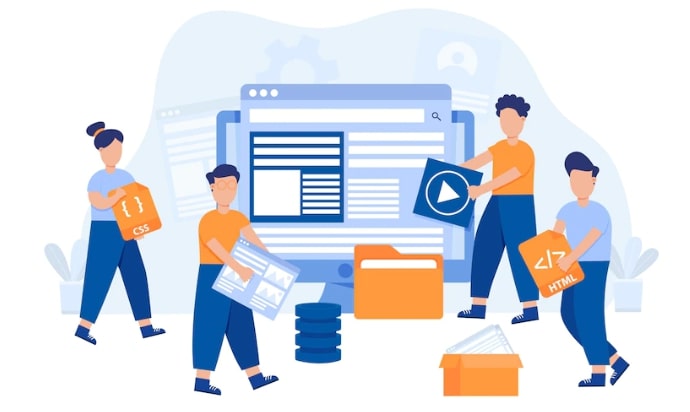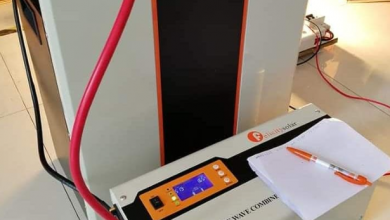Top 5 Recurring WordPress Maintenance Tasks

If you’re running a WordPress site, it’s important to keep up with regular maintenance tasks to ensure your site is running smoothly and securely. In this post, we’ll outline the top 5 recurring maintenance tasks that you should perform on your WordPress site. Let’s get started!
Back up your website regularly
In today’s digital age, more and more businesses are conducting their operations online. As a result, it’s important to ensure that your website is regularly backed up. This way, if something happens to your site, you’ll have a recent copy that you can use to restore it. There are several different ways to back up your website, so you’ll need to choose the best method that suits your needs. For example, you could use a hosting service that offers automatic backups or install a plugin that will help you create manual backups. Whichever method you choose, make sure to back up your website on a regular basis to avoid losing important data.
Update your WordPress software and plugins
As a WordPress user, it’s important to keep your software and plugins up to date. Updates often include security fixes and new features, so staying current is essential. Fortunately, updating is easy to do. Simply log into your WordPress dashboard, navigate to the Updates page, and select the Check For Updates button. WordPress will then check for any available updates and prompt you to install them. Once you’ve installed all the updates, be sure to click the Update Completed button. That’s all there is to it! By keeping your WordPress software and plugins up to date, you can help protect your site from security vulnerabilities and take advantage of the latest features.
Keep your themes and plugins updated
As any WordPress user knows, themes and plugins are essential for extending the functionality of your site. However, it’s important to keep them updated to ensure that they remain compatible with the latest version of WordPress. Additionally, updates often include security fixes that can help to protect your site from hackers. Fortunately, updating themes and plugins is easy to do. Simply log into your dashboard and navigate to the Updates page. From there, you can select which items you’d like to update and click the “Update” button. In most cases, the process will be completed automatically, and you’ll be able to continue using your site with the latest versions of themes and plugins.
Optimize your images for faster loading times
Images are an important part of any website or blog, but they can also be a major source of slow loading times. Fortunately, there are a few simple steps you can take to optimize your images and speed up your website. First, make sure that your images are saved in the correct file format. JPEGs are best for photos, while PNGs or GIFs are better for logos and graphics. Second, resize your images to the correct size before uploading them to your website. There is no need to use extra large images when a smaller size will do just fine. Finally, compress your images to reduce their file size without impacting quality. By taking these steps, you can ensure that your images load quickly and do not bog down your website.
Delete unused plugins and themes
Plugins and themes are a great way to customize your site and add new features. However, it’s important to keep your plugins and themes up to date, and to delete any that you’re no longer using. Leaving unused plugins and themes installed on your site can create security vulnerabilities, as well as slow down your site’s performance. In addition, it can be difficult to keep track of which plugins and themes are active and which are inactive. For these reasons, it’s best to periodically go through your plugin and theme files and delete anything that you’re no longer using. This will help to keep your site secure and running smoothly.
Conclusion
Website maintenance is an important part of keeping your site running smoothly and avoiding any potential security issues. By following these tips, you can help ensure that your website is backed up regularly, updated with the latest software and plugins, and functioning at its best. Have you tried implementing any of these tips on your own website? Let us know how it goes in the comments below!




